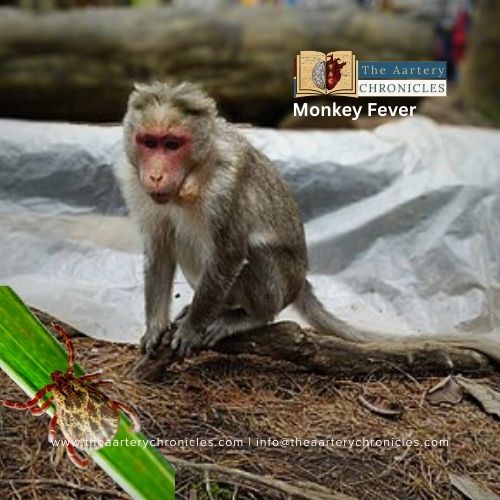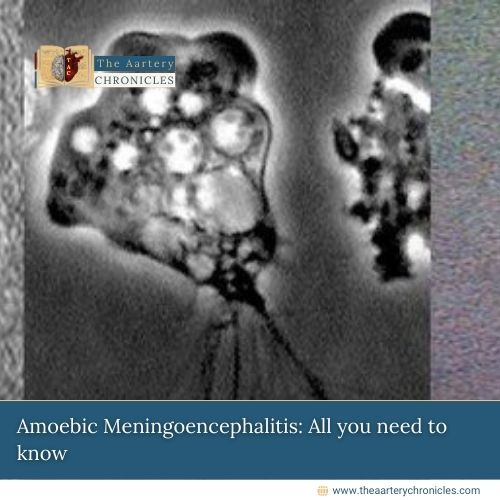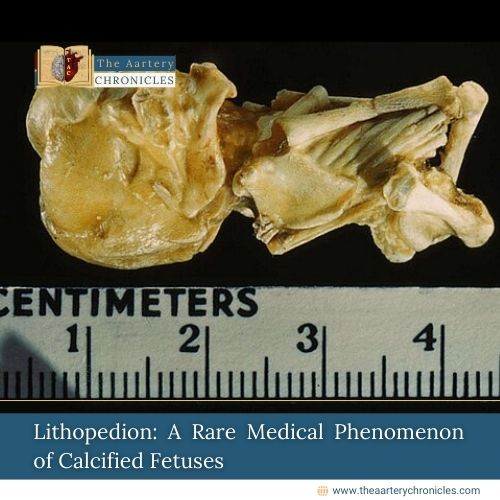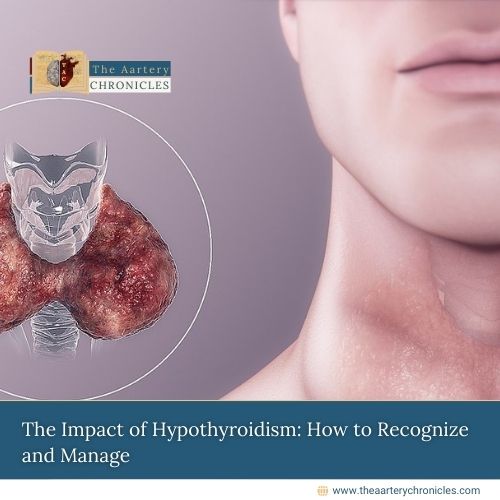

Mpox (Monkeypox): Comprehensive Review of Symptoms, Transmission, and Treatment
Abstract
Mpox, previously known as monkeypox, is a viral zoonotic disease caused by the monkeypox virus, a member of the Orthopoxvirus genus. The virus has two primary clades, clade I (with subclades Ia and Ib) and clade II (with subclades IIa and IIb). A significant global outbreak in 2022-2023 was predominantly attributed to clade IIb. Despite efforts to contain the virus, mpox continues to pose a public health threat, with rising cases observed in the Democratic Republic of the Congo and other regions due to clades Ia and Ib. This article provides a comprehensive review of the clinical presentation, transmission, diagnosis, and management of mpox, as well as current epidemiological trends and public health responses.
Introduction of Mpox
Mpox is an emerging infectious disease that gained global attention following a widespread outbreak in 2022.
Causative Agent:
- The disease is caused by the monkeypox virus (MPXV).
- This virus is an enveloped double-stranded DNA virus belonging to the Poxviridae family.
- The virus is closely related to variola (smallpox) and other Orthopoxvirus species.
Endemic Regions:
While mpox was initially endemic to Central and West Africa, recent outbreaks have demonstrated its potential for global spread, raising significant public health concerns.
History of Mpox
Mpox was first identified in 1958 when two outbreaks of a pox-like disease occurred in monkeys kept for research, hence the name “monkeypox.”
- The first human case was reported in 1970 in the Democratic Republic of the Congo (DRC), in a 9-month-old boy in a region where smallpox had been eliminated. Since then, mpox cases have been reported in several Central and West African countries.
- Historically, mpox was considered a rare disease with limited human-to-human transmission. However, certain factors have contributed to the increase in mpox outbreaks in both endemic and non-endemic regions such as
- Changes in ecological factors
- Increased urbanization
- Reduced smallpox vaccination coverage
- Human behavior
The most notable outbreak outside Africa occurred in 2003 in the United States, marking the first time the disease was reported in the Western Hemisphere.
- This outbreak was linked to imported African rodents.
- The 2022-2023 global outbreak, primarily caused by clade IIb, was the most widespread, with cases reported across Europe, the Americas, and Asia, demonstrating the virus’s capacity for significant international spread.
Epidemiology of Mpox
The monkeypox virus is divided into two distinct clades:
- clade I, which includes subclades
- Ia
- Ib
- clade II, which comprises subclades
- IIa
- IIb.
The clade IIb strain was responsible for the extensive global outbreak that began in 2022, affecting multiple regions across Europe, the Americas, and other parts of the world.
Concurrently, outbreaks of clades Ia and Ib have been reported, particularly in the Democratic Republic of the Congo and neighboring countries. As of August 2024, clade Ib has also been detected beyond the African continent, signifying a concerning expansion of the virus’s geographical reach.
Transmission of Mpox
Mpox transmission primarily occurs through close contact with infected individuals or animals.
Human-to-human transmission is facilitated by
- Direct skin-to-skin contact
- Sexual activity
- Mouth-to-skin contact (such as kissing)
- Exposure to respiratory droplets.
The virus can also spread via contaminated objects, such as
- Infected clothing and linens
- Through needlestick injuries in healthcare settings.
Animal-to-human transmission remains a critical concern, particularly in regions where hunting and consumption of wild animals are prevalent. The virus can be transmitted through
- Bites
- Scratches
- Handling of infected animals, such as squirrels, rats, or monkeys.
Vertical transmission during pregnancy is also possible, posing significant risks to the fetus and newborn, including
- Miscarriage
- Stillbirth
- Severe neonatal complications
Clinical Manifestations of Mpox
The incubation period for mpox typically ranges from 7 to 21 days. After this period, patients present with a prodrome of nonspecific symptoms, including
- Fever
- Headache
- Myalgia
- Lymphadenopathy
The characteristic rash often follows, progressing through several stages: macules, papules, vesicles, pustules, and eventually crusting over (M.P.V.P.).
- The rash usually starts on the face and spreads to other parts of the body, including the palms and soles.
- Lesions may also develop in the oral mucosa, genitalia, and perianal regions.

The illness generally lasts 2–4 weeks, with most cases resolving on their own. However, in severe cases, complications can occur such as
- Bacterial superinfection of the skin
- Pneumonia
- Eencephalitis
- Sepsis
Who is at higher risk of severe disease and mortality from mpox?
- Immunocompromised individuals, particularly those with uncontrolled HIV
- Pregnant women
- Young children
Diagnosis of Mpox
The diagnosis of mpox is primarily based on clinical presentation, epidemiological history, and laboratory testing. Polymerase chain reaction (PCR) testing remains the gold standard for confirming mpox, with samples obtained from skin lesions or, in the absence of lesions, from oropharyngeal or rectal swabs.
Differential Diagnosis of Mpox
Differential diagnosis is crucial, as mpox can resemble other
- Viral exanthems, including
- Chickenpox
- Measles
- Herpes
- Bacterial infections like syphilis.
Co-infections with other sexually transmitted infections, such as syphilis and herpes, are also possible, complicating the clinical picture.
Management and Treatment of Mpox
Management of mpox is primarily supportive, focusing on symptom relief and prevention of complications.
- Patients should receive appropriate wound care, hydration, and pain management.
- Antipyretics such as acetaminophen or ibuprofen can be used to manage fever and discomfort.
- In severe cases, healthcare providers may prescribe antiviral medications such as cidofovir or tecovirimat, which are approved for the treatment of other viral infections like smallpox.
Vaccination
Vaccination plays a crucial role in both pre-exposure and post-exposure prophylaxis.
- Individuals at high risk , should be prioritized for vaccination, including
- Healthcare workers
- Close contacts of infected individuals
- Those with multiple sexual partners
The vaccine is most effective when administered within four days of exposure but may still provide benefit if given up to 14 days post-exposure, provided the individual has not yet developed symptoms.
Antiviral treatments are currently under investigation, with some receiving emergency use authorization in specific countries. However, no antiviral has been definitively proven to be effective against mpox, underscoring the need for continued clinical trials and research into optimal therapeutic strategies.
Public Health Implications
The World Health Organization (WHO) has twice declared mpox a Public Health Emergency of International Concern (PHEIC), first in 2022-2023 and currently from August 2024, emphasizing the need for coordinated international efforts to control the spread of the virus.
Conclusion
Mpox remains a significant global health challenge, particularly in regions with ongoing transmission of clades Ia and Ib. The disease’s clinical manifestations, potential for severe complications, and capacity for widespread transmission necessitate vigilant public health surveillance, prompt clinical diagnosis, and comprehensive management strategies. Continued research into effective antiviral treatments, vaccines, and transmission dynamics is essential to mitigate the impact of this emerging infectious disease.
- World Health Organization WHO). Monkeypox Fact Sheet.
- Centers for Disease Control and Prevention (CDC). Monkeypox: Epidemiology and Statistics.
- Mpox (Monkeypox). Treasure Island (FL): StatPearls Publishing; 2024 Jan. Available at: https://www.ncbi.nlm.nih.gov/books/NBK574519/
- McCollum AM, Damon IK. "Human Monkeypox." Clinical Infectious Diseases.

Dr Areez. Khoza
MBBS








